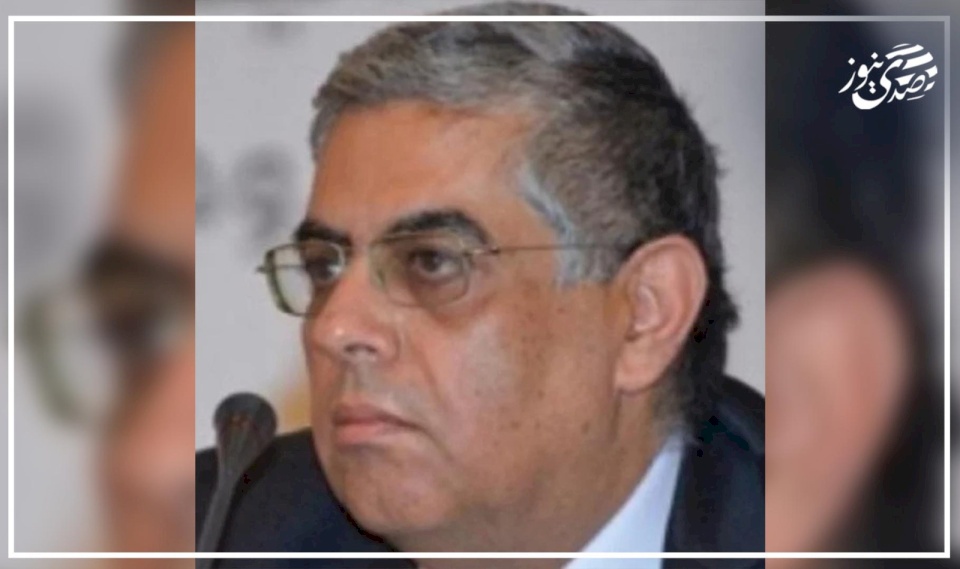
The Occupation of Gaza: An Old Israeli Dream Renewed
The dominant theme in the internal Israeli debate regarding the fate of the war of extermination, destruction, and starvation in Gaza is that Prime Minister Benjamin Netanyahu has decided to expand the military operations of the Israeli army to the point of fully occupying the Gaza Strip, despite disagreements with the security establishment, in an effort to decisively end the battle against Hamas and release the captives.
Netanyahu's close associates justify this approach with two arguments: the first is that what paved the way for the "Al-Aqsa Flood" operation on "October 7" (2023) was the disengagement plan from the Gaza Strip in August 2005, and prior to that, the unilateral withdrawal from what was known as the "security zone" in southern Lebanon in May 2000.
Israeli media and right-wing research institutions have recently featured analytical materials on the repercussions of the disengagement plan from Gaza, marking two decades since its implementation, where a common denominator can be found indicating that this plan, along with the withdrawal from southern Lebanon, was based on a mistaken belief that Hamas and Hezbollah would prefer calm and would not launch attacks. However, it has become evident, after the latest developments in Gaza, that the manner in which these unilateral withdrawals were executed "sent a message of weakness and submission, and more dangerously, it convinced that Israel's will could be broken, and it would be the party to concede first under the pressure of armed attacks," as stated in the newspaper Yisrael Hayom a few days ago.
The second justification is that the occupation of the Gaza Strip is not only the concern of the current Israeli government and its leader but also a concern of most Israeli governments since 1948, and it is now being renewed. According to the book "Roots in the Sand" by Israeli journalist Haggai Huberman, published in 2005, when the Israeli army occupied the strip in the 1967 war, Prime Minister Levi Eshkol was hesitant about the fate of the occupied territories and famously said that he "wants the bride without the dowry," meaning he wanted the land without the population. Ten days after the war ended, his government expressed willingness to withdraw completely to the international border with Egypt and Syria.
Regarding the Gaza Strip, which, according to international borders, is not considered Egyptian land, Eshkol stated: "Gaza will never return to Egypt." About a month after the war, Minister Yigal Allon presented to the Israeli government a document titled "The Future of the (Occupied) Territories and Ways to Deal with the Refugees." This document became known as "Allon Plan," which later dictated the nature of settlement in the West Bank and Gaza. The seventh clause stated that "the Gaza Strip will be an integral part of Israel with its permanent residents. However, the official annexation by Israel will only occur after the resettlement of the refugees outside of it, and until that time, the strip remains an occupied area."
In September 1967, Eshkol appointed a committee of professors to seek a solution to the refugee problem. Under the title "Top Secret," the document of this committee stated that "the Gaza Strip's economic system must be integrated with Israel's. Water should be allocated to the strip from its resources in Israel to cover for excessive pumping, and four or five Jewish settlement sites should be established particularly close to Rafah." Huberman confirms that the objective of this last clause was clear, which was to create a Jewish buffer zone between the Sinai Peninsula and the strip.
It is also known that during the first year of the 1967 occupation, settlement sites were established in the Golan Heights, Jordan Valley, and in the Bethlehem and Hebron areas in the West Bank. Despite finding four large uninhabited areas in the strip, settlement there was postponed. In May 1968, Yigal Allon proposed to the government the establishment of two settlements "either in the form of outposts or civilian settlements" between Rafah and Gaza. Allon justified his proposal by stating that "this settlement is of utmost importance regarding the political future of the strip because it separates the strip from the southern city of Gaza. There is also significant security importance for the Jewish presence in the heart of the strip."

Gaza: Between the Dilemma of Rescue and the Entitlement of National Liberation

Their Positions Hide Their Hatred for Gaza

Their goods were returned to them

Between Exaggeration and Reality: Is the Gap Between Israel and the United States Really W...

The Assault in Jaffa and the Importance of Responding to It...

Replacing Palestinian Imports ... A Step Towards Enhancing Economic Resilience

Donkeys and Settlers: A Call to Torah Narratives

